I first ran into the word Jikininki in the story of the same title in Lafacadio Hearn’s wonderful 1904 book of Japanese folklore, Kwaidan: Stories and Studies of Strange Things. 
A jikininki is a ‘human eating ghost’ – a kind of ghoul in Japan, who because of having led a selfish life is cursed to scavenge the dead. In the story from Kwaidan, a traveler encounters one of the creatures, a miserable priest who in life cared for the dead of a nearby village, but used his unique position to acquire their clothes and belongings. As punishment for his avarice, he was cursed to consume corpses.
The Japanese have a host of interesting little beasties (collectively known as yokai) in their folklore. There are mundane objects (tables, perisols, fans) who become sentient and animated after a hundred years, ghosts whose heads leave their bodies to pursue victims and drink their blood, and beauteous women full of trickery who in fact are nine-tailed foxes.
I can probably trace my love for all things Japanese back to my discovery in a comic shop of Kazuo Koike and Goseki Kojima’s incredible manga Lone Wolf And Cub, about a wandering masterless samurai who hires himself out as an assassin, all the while pushing a baby cart with his infant son inside.
I read the series voraciously until it was cancelled (the publisher, First Comics went out of business somewhere around 1989) and I actually wasn’t able to finish the story until about fifteen years later when Dark Horse finally picked it up again and reprinted the whole thing from the beginning.
In the interim I started exploring Japanese history and reading and watching whatever I could get my hands on about bushido, samurai, and feudal Japan in general. This strict, disciplined society, so alien to my own fascinated me in my teen years. This led me to Akira Kurosawa and Toshiro Mifune, and to chanbara movies in general (including the Lone Wolf and Cub adaptations which I sought out like a madman only to learn to my dissappointment that the films didn’t complete the story of Ogami Itto and Daigoro either).
My favorite of these was a little movie called Sword of Doom, starring the great Tatsuya Nakadai as a villainous swordsman well on his way to karmic self-destruction.
Now in my high school years I also developed a fondness for zombies thanks to the films of George Romero – in particular, the original Dawn of The Dead, still my favorite zombie flick to this day.
Recently, Comet Press gave me the opportunity to marry two of my favorite genres with their Deadcore zombie anthology, in which my novella ‘Night of The Jikininki’ appears.
Night of the Jikininki came about because I have always wanted to write a samurai story, and I love putting an element of the weird into history. I got to thinking about jikininki and zombies. I didn’t want to do a retread of the badass, incorruptible honorable warrior. I wanted to subvert that a little. One of the Lone Wolf stories that always stuck with me was the tale featuring Asaemon The Decapitator, a samurai sword tester for the shogun. In those days, it was reckoned that the best way to test the practical cutting power of a sword was to demonstrate it on a human body (that’s what it was made to cut anyway). Now the whole live and die at your lord’s command code of bushido thing notwithstanding, no reasonable man is going to volunteer for that duty. But the government came up with a solution.
Test the swords on the corpses of executed criminals. O-tameshi (or Tameshi-giri). I got to thinking, what kind of an individual does a job like that attract? That was how I got my samurai. A corpse cutter. The perfect zombie slayer.
Another thing that occurred to me about feudal Japan was the issue of class. One of the greatest threats to samurai power in times of peace was the ikki – the peasant rebellion. When a territory suffered, and the people began to starve, they took up arms and marched on their lords. Rows of wraith-like peasants shambling on a group of quaking samurai? Yeah, that’s rich stuff for a zombie story right there, I thought.
I knew I wanted the story to take place in some self-contained location like the mall in Dawn or the farmhouse in Night. I chose Fukuyama prison and did some research on that. Well, if you’re gonna set a story in a prison you need criminals, and the first sort of criminal that came to my mind was the kind of brash, uncivilized bandit Mifune played in Rashomon.
In Japan their existed a pariah class called eta who were considered spiritually impure and untouchable because of their occupations, usually tanners, corpse handlers, butchers, etc. They’re better known by the more modern term burakumin or buraku. The amazing thing is the descendants of buraku still experience prejudice in the workplace to this very day (read this fascinating article from the NY Times dated 1995 – http://query.nytimes.com/gst/fullpage.html?res=9B01E7DB1139F933A05752C1A963958260). Who better to have as an outside observer to the precise ritual and complex, often contradictory mores of the samurai than a classless bandit sentenced to death? I had my second character.
For the third in my triumverate of protagonists I went back to the jikininki theme. I wanted somebody who could explain the myth, because I thought it was interesting, but I also didn’t want to upstage my samurai killer with another sword swinger. I thought then, of the cursed priest from the Kwaidan story. So I came up with an imprisoned monk. A mad monk. A monk who believes himself to be a jikininki.
And this is what I ultimately came up with.
In 1737 three disparate individuals find themselves in Fukuyama han prison; a sadistic samurai sword tester, a mad, child killing monk, and a classless bandit sentenced to death.
When a comet passes across the western sky, the dead begin to walk…and feed. In the face of a prison population gone ravenous and undead, these three men set out to escape any way they can.
Imagine Romero directed a chanbara picture. That’s Night of the Jikininki.
In print now. Look for it on Amazon or order from the publisher, here –















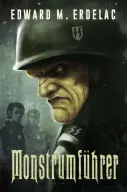
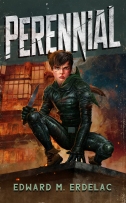


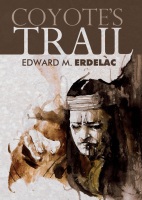


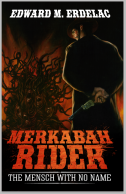



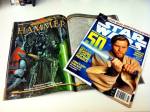




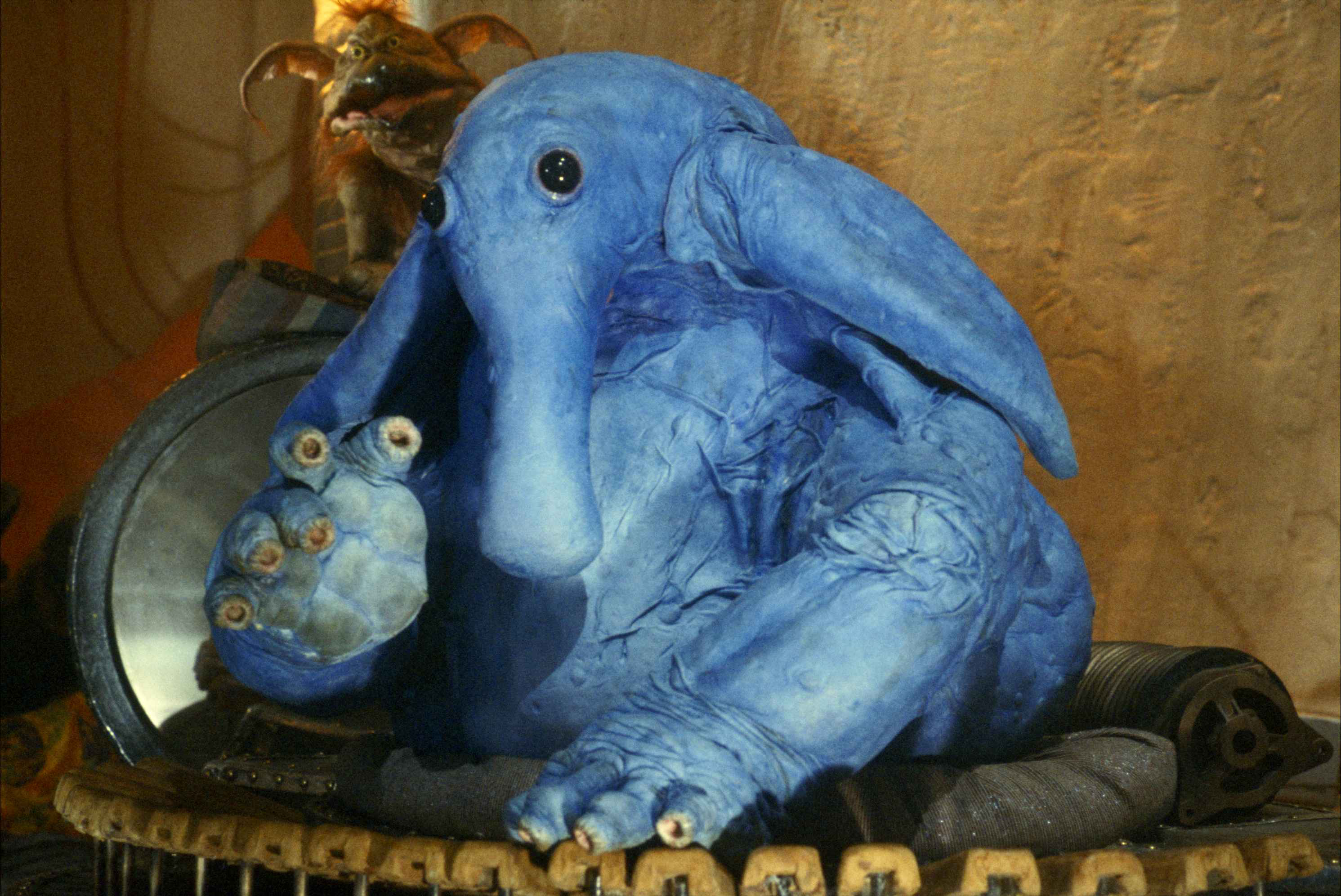

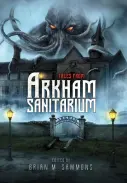


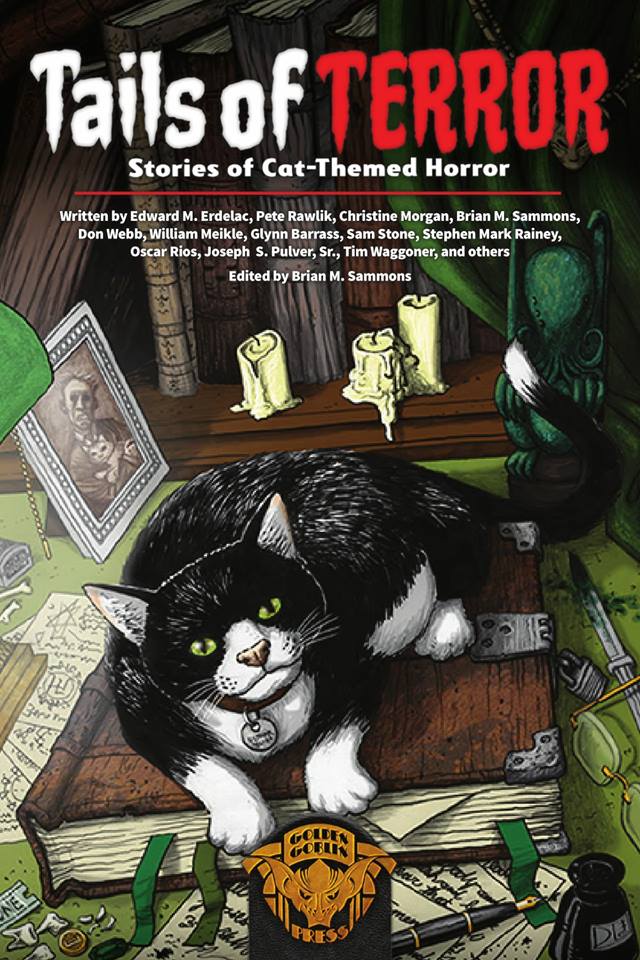




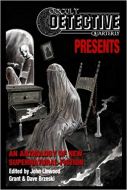
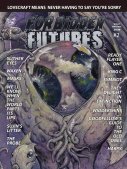






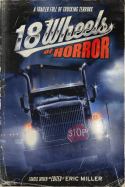
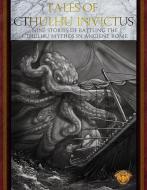
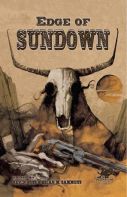








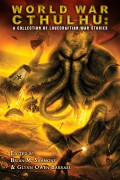



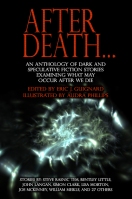

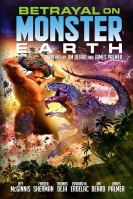








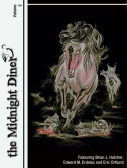
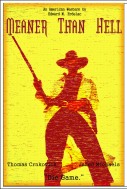




Dave Keaton (one of the other authors in the book) actually just recommended your story to me; he’s in one of my classes.
I was wondering if you could post a short excerpt or something, so that maybe I could get a feel for your writing style. I’m a college student and therefore a little underfunded, and I’d pretty much be buying the book for your story and Dave’s, and the Amazon preview just has a few pages from Dead Juju, which I sort of hate.
Heya Kei-chan. I know how that is. Take a look right here…